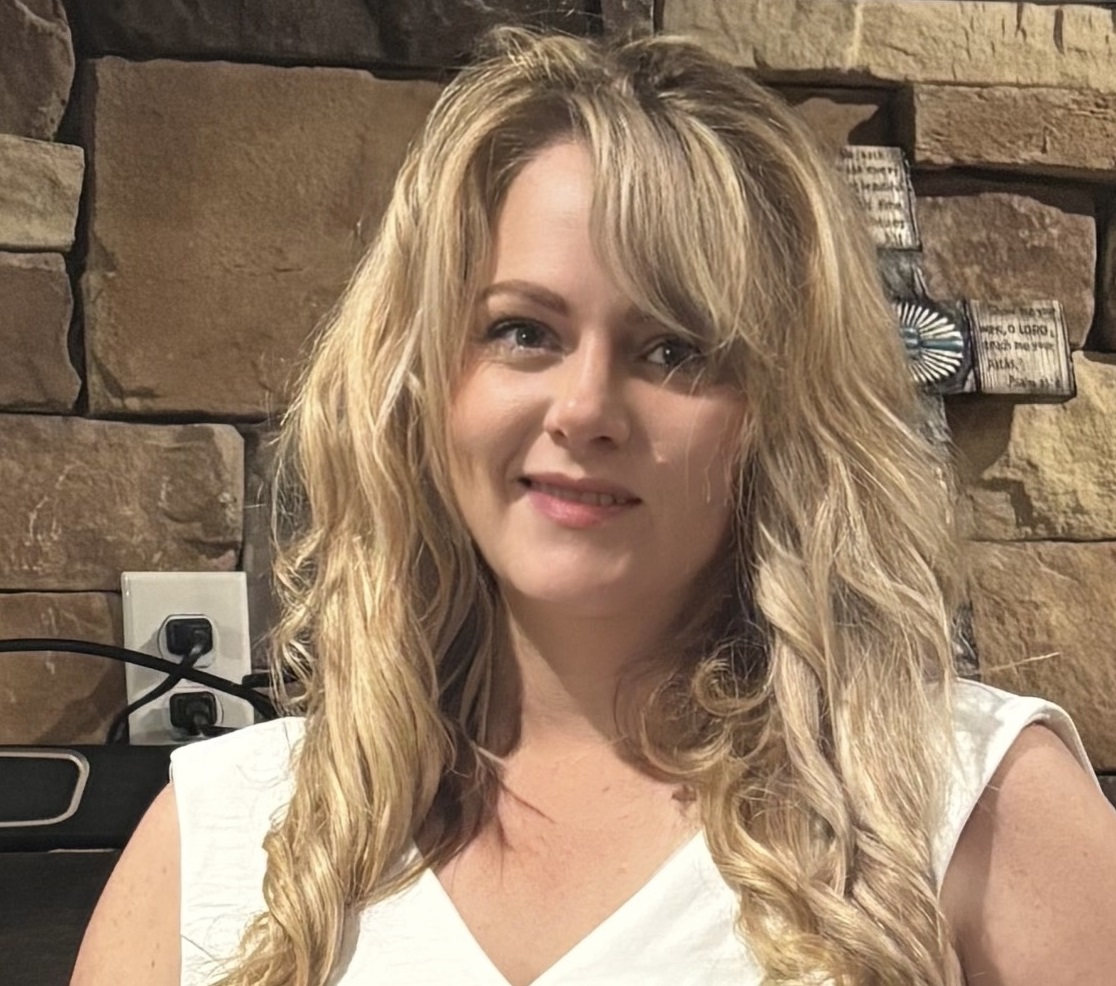Amanda Collins, 45, was looking forward to her son's high school graduation and the family’s big celebration, complete with water slides and other fun. The self-described "determined" mother of four took charge of every detail, including mowing the yard, a task she considers therapeutic.
She was finishing her morning coffee when she suddenly felt lightheaded, weak, and then collapsed. "I couldn't raise my arms. My son tried to help me, but I couldn't get up. I do remember trying to talk. I was having issues with my speech," she recalled.
Amanda was exhibiting the classic signs of a stroke, which was confirmed at St. Luke's Health- Memorial Hospital - Lufkin, located ten miles from her home in Huntington. A CT scan confirmed an ischemic stroke – a large blood clot was blocking blood flow to her brain, and paralysis was beginning to set in on her left side. The decision was made to fly Amanda to the Comprehensive Stroke Center at St. Luke’s Health-The Woodlands Hospital for emergency surgery.
CommonSpirit Health hospitals in Texas utilize a rapid response, artificial intelligence system that alerts neuroscience teams about the details of large vessel occlusions, like Amanda’s. Interventional Neurologist Hormozd Bozorgchami was immediately notified, and he and the team at St. Luke’s Health-The Woodlands Hospital started preparing for Amanda’s arrival via helicopter within the hour. “Because every minute makes a difference,” Dr. Bozorgchami said. “Time is brain, and every second can make the difference between her walking or not.”
Dr. Bozorgchami and his team greeted Amanda on the helipad. She was confused and could not move her left side at all. She was rushed to surgery, where Dr. Bozorgchami performed a mechanical thrombectomy, accessing the clot in her brain using a catheter inserted in the femoral artery of the leg. “We navigated to the clot, which in this case was very large, and used a small removable stent to remove the clot,” Dr. Bozorgchami said
She spent four days recovering in the hospital. Physical therapists at St. Luke’s Health-The Woodlands Hospital wasted no time working to help Amanda recover movement on her left side. At first, she was unable to put one foot in front of the other. “I failed every time. You wouldn't think that would be an issue until you have to do it,” Amanda pushed through. “I was able to do it once I got my balance back,” she recalled. “After that, things kept building and I was able to get the muscles going,” she said.
Amanda's can-do attitude prevailed. She started walking, unassisted, just eight weeks after her stroke.
She picked up right where she left off, caring for her family. She missed her son's graduation, but the family made up for it with a grand celebration with everyone pitching in. Amanda is taking it easy, and she expects to return to work in just a few weeks. “The struggle is knowing I can do it, but I can’t do it. I have to work in increments. I can’t just dive in.”
Amanda is grateful to the team at St. Luke’s Health-The Woodlands Hospital for the lifesaving care she received. She shared her story to offer hope to others recovering from a stroke.
"It's all about mindset," she said. "You have to want it, believe it. Someone once said, ‘Where the mind goes, the man follows,’ and I believe that."
B.E.F.A.S.T. when stroke is suspected
A stroke occurs when a blood vessel that carries oxygen and nutrients to the brain is either blocked by a clot or bursts. Early stroke detection and treatment are key to survival and recovery.
B = Balance
E = Eyes/Vision
F = Face drooping or twisting
A = Arm weakness
S = Speech difficulty
T = Time to call 911
